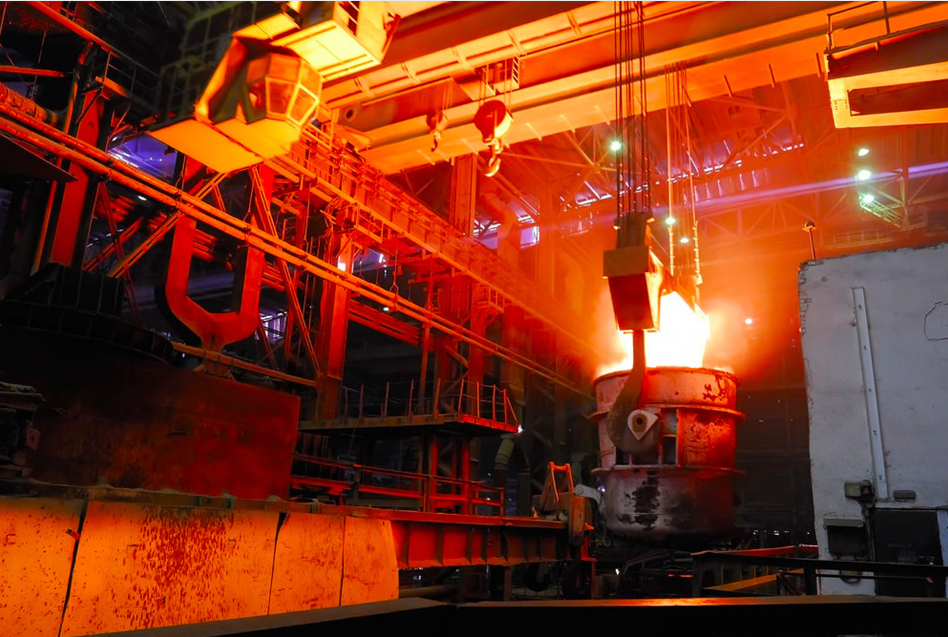When it comes to metalwork, aluminum is one of the most versatile and commonly used materials. Its lightweight yet durable properties make it suitable for a wide range of applications, from aerospace engineering to cookware. However, there are different types of aluminum that vary in their production methods and characteristics. In this article, we will compare two popular forms of aluminum: cast aluminum and regular aluminum, to understand their differences and applications.
1. Production Method:
Cast Aluminum: Cast aluminum is produced through a process called casting. Molten aluminum is poured into a mold, where it solidifies and takes the shape of the mold cavity. The casting process allows for complex shapes and intricate details to be formed.
Regular Aluminum: Regular aluminum, also known as wrought aluminum, is formed through a series of mechanical processes such as rolling, extrusion, drawing, and forging. These processes involve applying pressure or force to shape the aluminum into desired forms.
2. Strength and Durability:
Cast Aluminum: Cast aluminum tends to be less strong and more brittle compared to regular aluminum. The casting process can introduce air pockets and impurities, which may weaken the material. However, cast aluminum can still exhibit good strength and durability, especially when it is properly designed and engineered.
Regular Aluminum: Regular aluminum is generally stronger and more ductile than cast aluminum. The mechanical processes used in its production help align the grains within the material, resulting in improved strength and resistance to deformation. Regular aluminum is commonly used in applications where higher strength is required.
3. Surface Finish:
Cast Aluminum: Cast aluminum typically has a rougher surface finish compared to regular aluminum. The casting process can create surface imperfections and irregularities, which may require additional finishing processes such as grinding or sanding to achieve a smoother surface. Cast aluminum is often used in applications where surface finish is not critical, such as outdoor furniture or decorative pieces.
Regular Aluminum: Regular aluminum has a smoother and more uniform surface finish due to the mechanical processes involved in its production. This makes regular aluminum suitable for applications where a smooth and aesthetically pleasing finish is desired, such as automotive parts or consumer electronics.
4. Design Flexibility:
Cast Aluminum: Cast aluminum offers greater design flexibility compared to regular aluminum. The casting process allows for the creation of complex shapes, thin walls, and intricate details that may be difficult or impossible to achieve with regular aluminum. This makes cast aluminum a popular choice for artistic or decorative applications.
Regular Aluminum: While regular aluminum may not offer the same level of design flexibility as cast aluminum, it can still be formed into various shapes and sizes using mechanical processes. Regular aluminum is often chosen for applications where strength and functionality are more important than complex designs.

5. Cost:
Cast Aluminum: Cast aluminum tends to be more expensive compared to regular aluminum due to the additional steps involved in the casting process. The cost of creating molds and the labor-intensive nature of casting contribute to the higher price of cast aluminum products.
Regular Aluminum: Regular aluminum is generally more affordable than cast aluminum. The mechanical processes used in its production are more efficient and less labor-intensive, resulting in lower production costs.
In conclusion, cast aluminum and regular aluminum have distinct differences in their production methods, strength and durability, surface finish, design flexibility, and cost. Cast aluminum offers greater design flexibility and is suitable for applications where complex shapes or intricate details are required. Regular aluminum, on the other hand, is stronger, more ductile, and has a smoother surface finish, making it suitable for applications where higher strength or aesthetic appeal is desired. Understanding these differences can help in choosing the right type of aluminum for specific applications.
-

- High precision magnesium thixomolding components UAV cover
-

- 2022 Wholesale Hot Sale Bicycle Parts Magnesium Alloy Children Bike No Pedal Balance Bicycle Kids Multiple Colors Available
-

- Magnesium alloy thixomolding die-casting UAV parts
-

- Magnesium alloy die-casting electric vehicle mid-mounted motor housing
-

- Magnesium alloy Thixomolding power batter housing
-

- Magnesium alloy rigid fork for bicycle -customized die casting metal parts

 0086-750-5616188
0086-750-5616188 +86 13392089688
+86 13392089688 sales@zhongmei-tech.com
sales@zhongmei-tech.com







